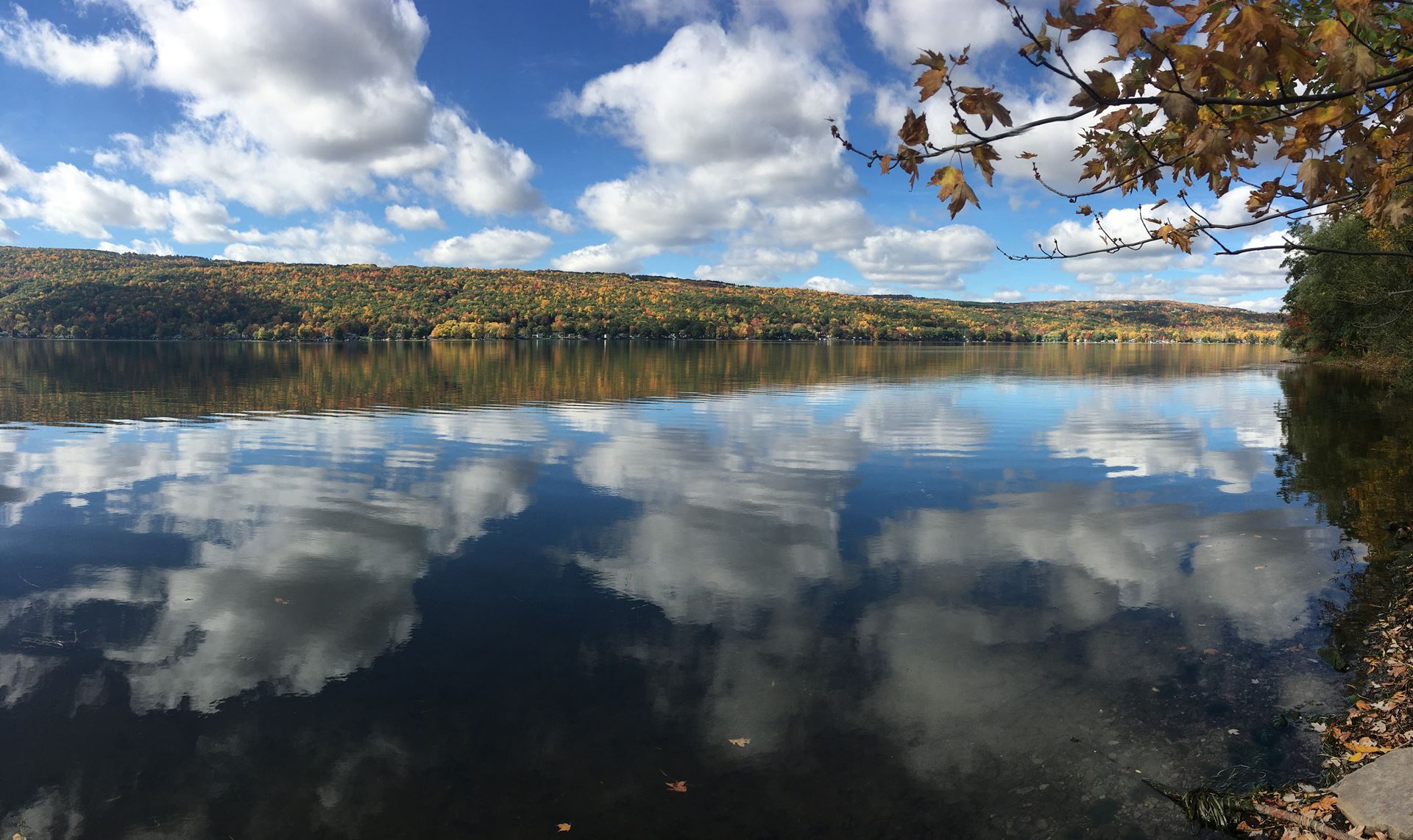-
-
-
-
-
-
Biodiversity of the Southern Honeoye Valley
-
-
-
-
-
-
-
-
 Welcome to the Honeoye Valley Association |
Finger Lakes Community College published an extensive report titled “Biodiversity of the Southern Honeoye Valley”. It contains an inventory of the natural communities and their representative organisms. The report should be considered a starting point for understanding and conserving this region’s biodiversity. Updates on new discoveries will occur in future editions. The report is available in the Honeoye Library.
What is biological diversity? Simply put, it is the variety of life on our planet. And why should it be conserved? Biological diversity underpins the functional integrity of all natural ecosystems. Every species plays a role. When species are lost, the ecosystem is simplified and becomes more susceptible to collapse from natural disasters and human disturbances. Biological diversity also represents one of our greatest untapped resources. Great human benefits have been obtained from a single species. Twenty plant species provide 90% of the world’s food supply! Other species may be a potential source of human medicines. It is clear that humans benefit from healthy ecosystems which provide our air, our water, our food, and support our economic activities. It is just as important to conserve what remains of our natural world for the other species. We have an ethical responsibility to recognize that all species possess intrinsic value simply because they exist. We should strive to be good stewards of all planetary resources.
Over 1200 species have been described so far living in the southern Honeoye Valley. Many more will be discovered as the educational programs at the Muller Conservation Field Station intensify. What is included in this initial biodiversity inventory? Sixty four mushrooms and 75 non-flowering plants, including lichens, mosses and ferns, have been cataloged. The region is home to eleven conifers. By far the largest group of organisms identified has been the flowering plants with a total of 555 different species. With time, the number of insects will surpass the flowering plant total but for now our insect biodiversity is about 200 species. There have been 20 species of amphibians noted and 15 species of reptiles including three species that are regionally significant, the spiny soft-shell turtle, the timber rattlesnake and the coal skink. Twenty seven different types of fish are known from Honeoye Lake and its tributary streams. Most of the larger mammals have been inventoried, but smaller species are still being assessed. So far, 32 species of mammals are known to inhabit the region. Birds that migrate through or nest within the southern Honeoye Valley total 159 species!